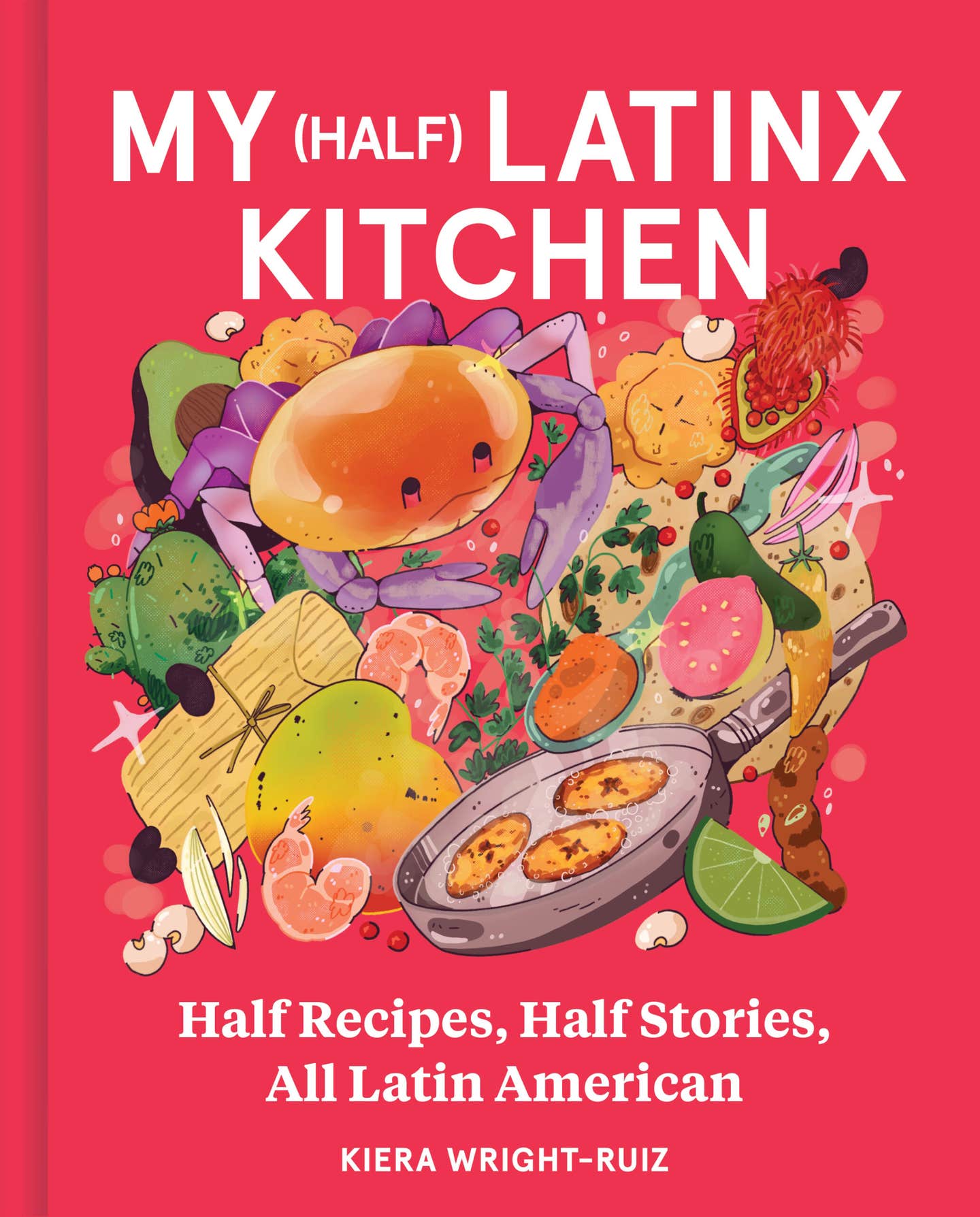
Long Green
Scallions are easier to use than onions, more flavorful than leeks, considerably more polite than garlic; what’s not to like?
I grew up in a household in which members of the genus Allium—like onions, garlic, shallots, leeks, and chives—were considered toxic, or at least extremely rude. With the exception of French onion soup, which my father would order maybe twice a year at some fancy restaurant (at least partly, I believe, as a small sign of rebellion against my mother's domestic hegemony), and of whatever minuscule amounts of powdered this or that might have found their way into the Dinty Moore beef stew and Mary Kitchen roast beef hash and suchlike that formed the backbone of our familial cuisine, all members of (as Mrs. Beeton put it) the "whole alliaceous tribe" were strictly banned from our tables.
It was thus quite probably not until I was 17 and had left home that I first tasted a scallion. I can't remember when and where I was literally introduced to this piquant and protean edible member of the lily family, but I do know that very early in my scallion-eating career I grew appreciatively accustomed to it in the form of garnish, chopped up and raw, scattered over the cheese enchiladas at El Coyote, a Cal-Mex restaurant near my apartment in Los Angeles where I ate as often as I could in the late '60s.
I soon found scallions in Chinese and Vietnamese food, too, and hidden in the mix (along with green bell peppers and celery) in the Cajun and Creole dishes I used to seek out in south LA in those pre-Prudhomme days. And a few years later, when I started cooking for myself a lot, scallions—with their long green tops and their straight or slightly bulbous white stalks—became my own favorite oniony vegetable. They cooked faster than actual onions and were much easier to deal with (onions had to be peeled and cut up and usually subjected to heat for a while and were often sufficiently sulfuric to irritate one's ocular organs); they had a more forthright flavor than leeks and didn't conceal all that Delta mud within their fronds (although I did once find some furry little bugs inhabiting the shafts of some scallions I grew myself); they were considerably more polite than garlic and far more interesting both texturally and in flavor than frivolous chives. I also liked the fact that you could use scallions raw or cooked or anywhere in between, so you didn't have to do too much planning ahead when you used them—which suited my style of cooking fine.
At one point I discovered, no doubt by accident, that when chopped-up scallions were cooked a little too long in oil or butter, they started to char—developing, in the process, a whole new level of earthy, smoky, caramel flavor. Stirred in, in that form, to soups or stews or spread on chicken, fish, meat, pizza, or grilled cheese sandwiches or otherwise applied to almost any other savory foodstuff you'd care to mention, they added a mysterious, complex, irresistible level of flavor. Just briefly, I actually considered trying to write The Burnt-Scallion Cookbook. I even started researching the project.
That's when I learned that scallions were a more complex matter than I'd imagined. It seems likely that the word itself—unrelated, alas, to the delicious epithet "rapscallion"—is borrowed from the name of the ancient Palestinian seaport Ascalon, one of the five chief cities of the Philistines (make of that what you will) and a place noted since antiquity for its onions. After that, things get confusing. Most authorities agree that the scallion is _Allium fistulosum _(the species name means tubular), a classification that probably includes bunching onions (named for the way they grow), also called Japanese bunching onions; welsh onions (which have nothing to do with Wales; the term is a corruption of the old German welsch, "southern European"); green onions; spring onions; salad onions; and/or ciboules.
Never mind that some sources identify scallions as _Allium cepa _(that is, a form of regular onions) or that some consider "scallion" a collective name for any young or nonbulbing onion or that, in the South, scallions are often the green shoots of shallots. What I think is that, technically, the term _scallion _probably originally (and correctly) did refer to little green-stalked onions that didn't form bulbs but that various kinds of other green-stalked onions (including shallots) are near enough to scallions as makes no difference if you get them early enough. Here's what else I think: Scallions aren't something you should get technical about. That's part of their charm.
Keep Reading
Continue to Next Story










